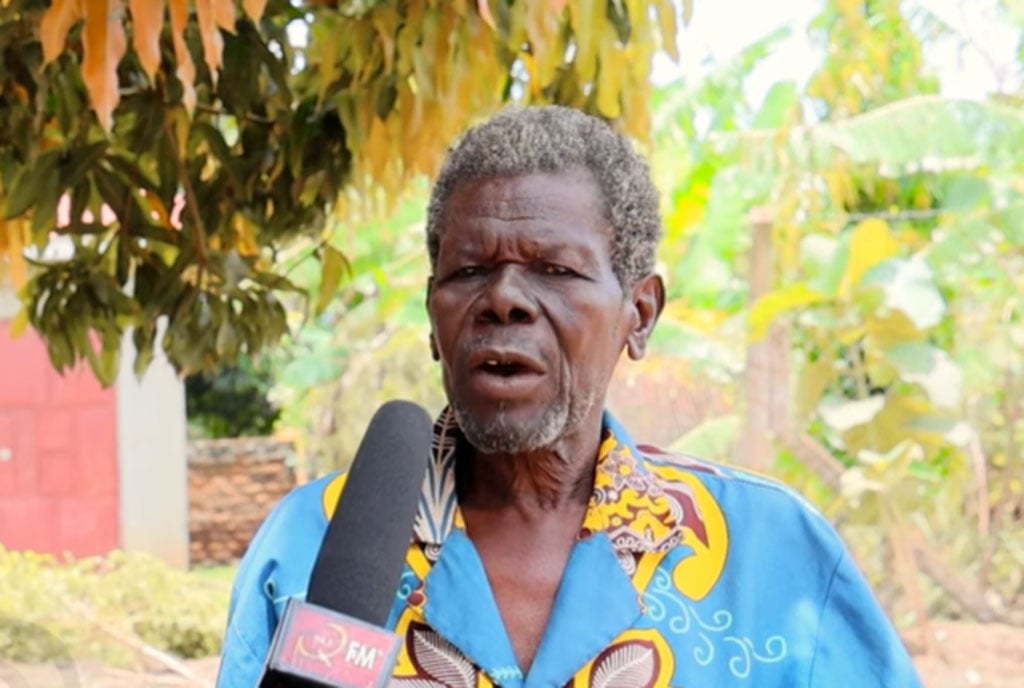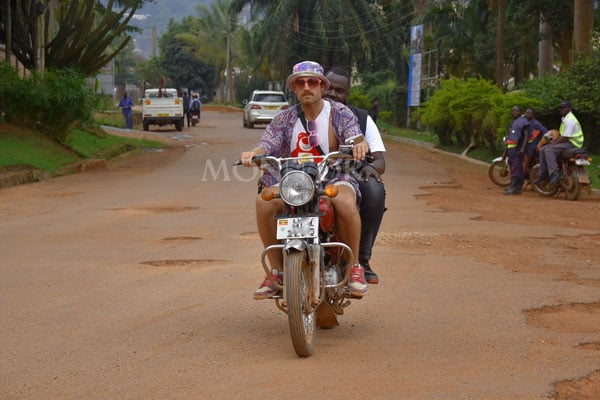Prime
Why some projects in Karamoja fail to work

Karamoja Museum has failed to take off a year after it was opened in Moroto District. Analysts attribute such hiccups to minimal community involvement in decision making. File photo
What you need to know:
The government and other stakeholders are determined to convert the peace in Karamoja into developmental dividends. But despite lots of money being sunk into the region, many development projects set up are not optimally used. Sarah Tumwebaze tells us why.
The government and other stakeholders are determined to convert the peace in Karamoja into developmental dividends. But despite lots of money being sunk into the region, many development projects set up are not optimally used. Sarah Tumwebaze tells us why.
A recent trip to Moroto District opened my eyes to how government and Non-Government Organisations (NGOs) invest money in essential projects and yet the locals either never use them or under-utilise them.
For example, the Minister for Karamoja Affairs, Ms Janet Museveni in a bid to bring development to Moroto, constructed some houses in the form of Manyattas for the people there. However, instead of sleeping in these modern houses, the Karimojong decided to let their animals sleep there.
Thirty-year-old Godfrey Ochan, a Moroto District resident, explains that the Karimojong do not sleep in these houses because they find them insecure.
“They believe that concrete walls suffocate them and that the enemy can easily attack them without their knowledge if they sleep in such houses because they are somehow sound proof.”
The government and different NGOs have built public toilets for these people, but the moment you get to Moroto, they warn you to watch your step because there are human faeces all over the place.
Ochan explains: “Many people here especially the women, do not use the toilets because traditionally, they believe that using the same toilet will make them barren.” In addition to that, the schools in this part of the country have been abused by parents and the pupils/ students.
Mr Loteez Zakari Twala, the assistant community development officer of Katikekile says the World Food Programme (WFP) donates food to these schools.
However, Ochan explains that some children do not go to school to study. “Some parents only send their children to school on days they do not have money to buy food so that they can eat the porridge that is served at these schools.”
President Museveni has on a number of occasions complained of people who use the newly constructed roads for drying their harvest.
But amidst all this abuse, government, local and international NGOs, civil society organisations, institutions, and individuals, among others, never stop asking for more aid to bring development to the communities yet at the end of the day, there is hardly any significant development. The question is, where do these stakeholders go wrong?
Involving local communities
According to Dr Stella Neema, an anthropologist at the Department of Sociology and Anthropology at Makerere University and also the executive director of Recot Research and Communication Training, the reason these communities do not assent to the projects is because they are not involved at the designing stage of the projects.
“The communities are not brought on board. The researchers sit in their offices and base the projects on statistical evidence without involving any local leader.”
She further states that local people are only involved at the implementation stage as beneficiaries rather than participants. “So because they do not feel a part of the projects introduced, they never use them.”
Mr Andrew Mwenda, a journalist and activist, adds that most of these projects are based on the top-down approach. “You cannot copy and paste institutions. The First Lady has good intentions that these people should sleep well but she has gone with the top down approach hoping that if these people are given better houses they will sleep in them. This cannot work.”
Lack of cultural consideration
The other issue that has not been considered by stakeholders is the culture of the people they are trying to help. Dr Neema explains that everything is culturally constructed and because the people that start up projects in some of these districts do not consider the culture of the locals, this explains why some of these projects are not successful.
Mr Mwenda adds: “These people are born in a home; they are raised in a community/ village. In their growth, they are visited by relatives, friends, checked on by neighbours and all this imparts upon their traditions, values, norms, habits, attitudes, approaches, and outlook. These things shape how they live their lives and if not put into consideration, these projects are bound to fail.”
With culture, comes the social capital. Dr Neema says this means the society thinks collectively. “So there is need to penetrate this social capital for change to be realised in the communities where new projects are set up.”
People’s rigidity
Neema says: “At times, people in some communities are difficult to deal with. They take long to embrace change. So even when it is a good project, they will either never accept it or take long to accept it.”
Solution
Mr Mwenda, therefore, advises that if institutions are to work, they need to evolve organically (be original). “Institutions that involve communities in the establishment of these projects work best.”
Dr Neema echoes these sentiments. “In sociology, there is something called social contracts, where the community agrees to do what they think is important to them. Therefore, if government and NGOs want projects to be accepted by the local people, they need to involve the leaders in these communities throughout the stages of the project.”
She adds that since culture shapes people’s perception, stakeholders need to understand the culture of the people by doing a cultural analysis in the communities before setting up a project so that they can know what can and cannot work in that community.




